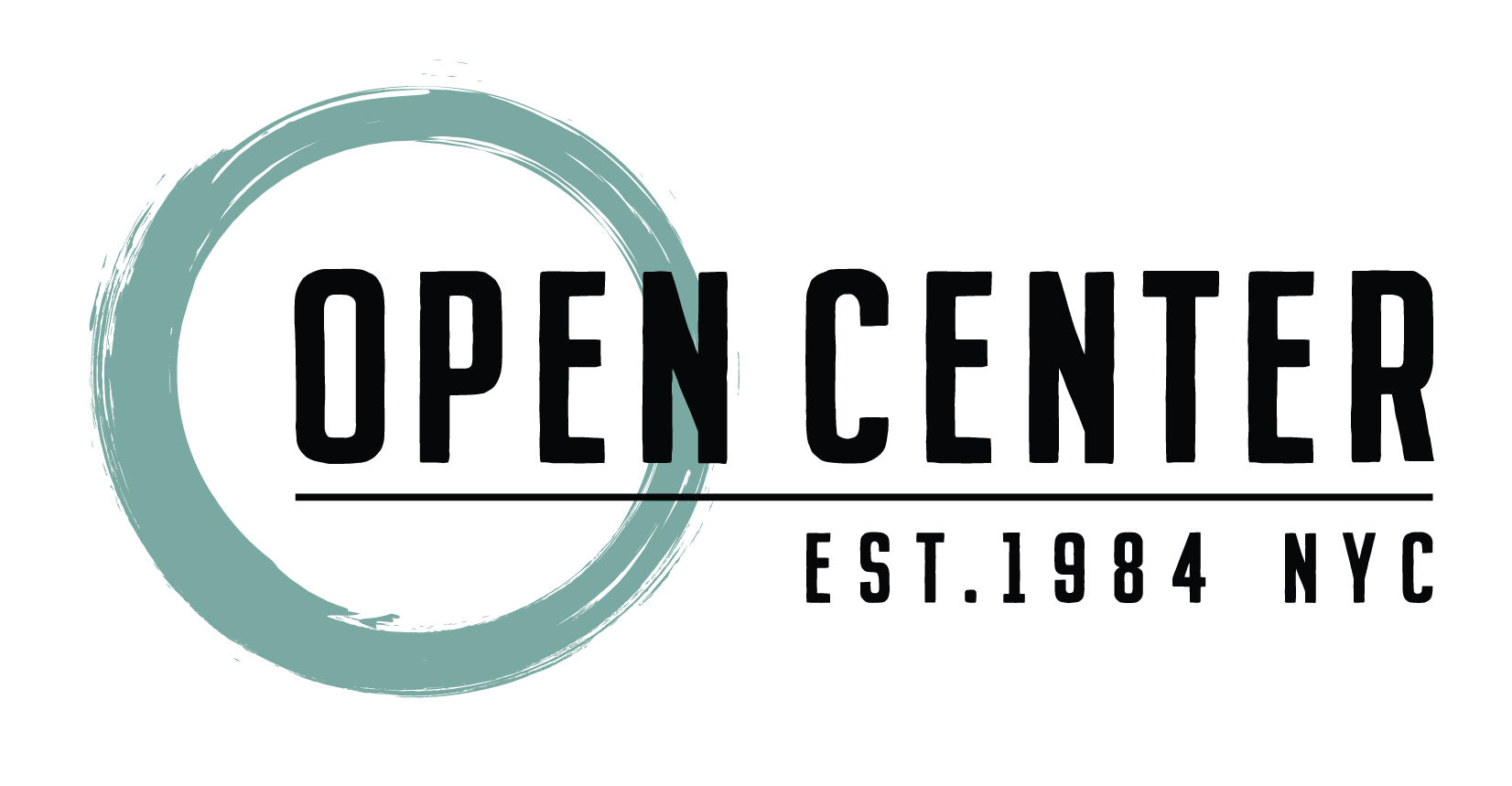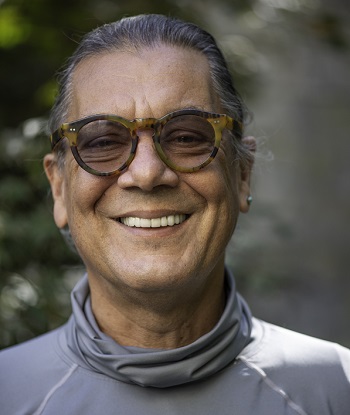What is a holistic and integrative approach to music and how does it make you a better listener in life?
Flow, that state of perfectly relaxed concentration and performance, is something that all athletes and musicians crave. Indeed, everybody craves flow as it relates to their lives. Flow at work, in relationships, with one’s personal practices.
So, what does studying musicianship have to do with being “in the zone”? Music is unique among human activities in that it involves more parts of the brain than any other activity, and it does so within the constraint of a beat, within a fixed amount of time. A painter, playwright, poet or author can ponder and ruminate over their work, put it away and return to it. A performing musician or sound practitioner does not have this luxury. There is one chance. That moment. There is no time to think, only time to listen and react. This is why many neurologists feel that jazz musicians have the most developed brains on the planet.
How did jazz musicians get to do what they do? The same way a tai chi master gets to do what they do. Years and years of correct, mindful practice. It is the practice that builds the confidence so that one can let go of thinking and just “hit.” But it is very important to remember that every tai chi or jazz master had to begin somewhere. One of his first times out Charlie Parker was laughed off the stage. Then he got to work and became great. What all of the great ones share, in any field of human endeavor, is that their love of what they are doing is greater than the frustration of learning how to do it. They walk the walk.



